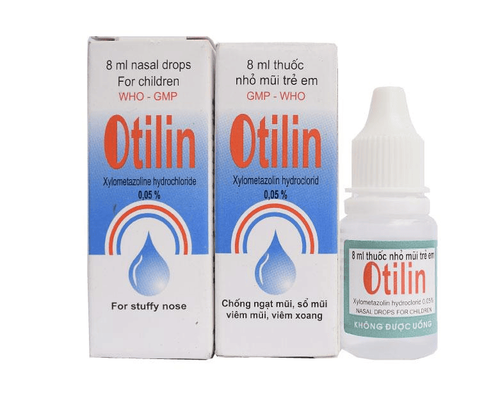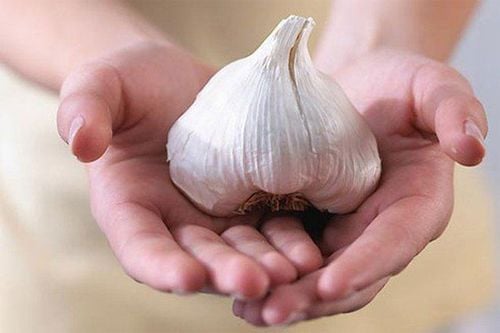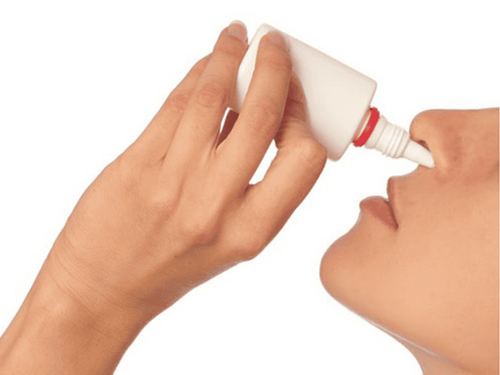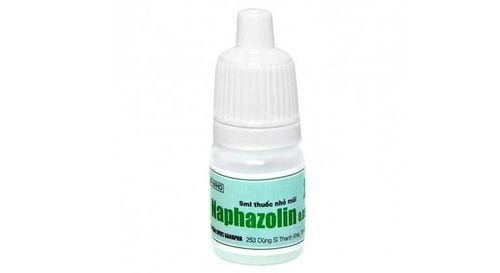This is an automatically translated article.
The article is professionally consulted by Master, Doctor Nguyen Nam Phong - Pediatrician - Department of Pediatrics - Neonatology, Vinmec Phu Quoc International General HospitalNasal congestion is a common symptom in nasopharyngeal or respiratory diseases, and occurs in many different subjects. Although not dangerous, the disease makes patients feel uncomfortable and tired in daily activities. If not treated promptly and completely, it can become a long-lasting, difficult-to-treat chronic disease.
1. What is stuffy nose?
Normally, when we breathe, the air will pass through the nose and be filtered by the hair system to remove dirt, then moistened by the mucous secretions, and finally warmed by the blood vessel system before moving. down the throat and into the lungs for respiration.Nasal congestion is a manifestation when the patient cannot breathe easily through the nose due to both or one of the nostrils being blocked by mucus or other causes, and instead the patient breathes mainly through the mouth.
Nasal congestion can have many different levels, from mild, just causing discomfort for the patient to severe, causing difficulty breathing and lack of oxygen (mainly in infants and young children who cannot breathe yet). verbal). Besides, to diagnose nasal congestion correctly, the disease may be accompanied by other signs such as headache, facial pain, runny nose, decreased sense of smell, sneezing...
2. Causes of stuffy nose
Birth defects: Some babies born in the womb have membranes or bone fragments that block the posterior nasal passages, making them unable to breathe. Inflammation: nasal congestion can be a common sign of respiratory diseases such as: pharyngitis, sinusitis, allergic rhinitis ... Trauma, foreign objects in the nose leading to nasal congestion Hormonal disorders Common in pregnant women: During pregnancy, the amount of estrogen increases, causing the nasal membranes to swell and close up mucus, causing nasal congestion. Allergies: People with allergies can easily get stuffy nose if exposed to allergens such as house dust, pollen, animal dander, allergic food... Nasal cavity deformities such as: deviated septum blocking the nose, there are tumors, polyps in the nose... causing nasal congestion, prolonged nasal congestion.3. How is a stuffy nose diagnosed?

Nasopharyngoscopy with specialized instruments to detect inflammation, lesions, foreign bodies or anatomical abnormalities of the nose. X-ray of the face to detect abnormalities or foreign bodies that may cause nasal congestion. CT or MRI is the most modern technique, helping to accurately describe structures or lesions that may cause nasal congestion. Blood tests to look for signs of infection in the setting of sinusitis, rhinitis to confirm the diagnosis of the cause of nasal congestion.
4. Complications of stuffy nose
Nasal congestion is not an acute disease that is immediately dangerous to life, but prolonged illness will cause some significant harms to the patient's health:Fatigue, insomnia: The patient feels difficult Poor breathing and sleep make people sluggish and tired, which gradually affects overall health. Lack of oxygen to the brain: The path of air is limited, warm, clean air cannot pass through the nose, causing the amount of oxygen entering the lungs to decrease, leading to a lack of oxygen to the brain, thereby causing dizziness and headaches. Laryngitis, pharyngitis: Symptoms of prolonged nasal congestion cause patients to breathe through their mouth, leading to a dry throat, unfiltered air, and when entering the larynx, it can cause laryngitis, pharyngitis.
5. How to treat stuffy nose?

Antipyretic drugs are used when there is a high fever. , prolonged due to infection. Use antibiotics to fight infection and prevent superinfection. Antiallergic drugs in case of allergic rhinitis. Anti-inflammatory, reduce edema: Use corticosteroids to gradually reduce the dose or alphachymotrypsin... Improve the body's resistance: Vitamin C, drugs to increase resistance... 5.3 Surgical treatment Surgical treatment helps to solve the problem. causes of nasal congestion such as birth defects, trauma, foreign bodies or other causes such as deviated septum, deviated nasal septum...
Inject scleroderma into the nasal bridge such as: corticosteroid injection... Removal of V.A : In case of exaggerated inflammation covering the posterior nasal passage. Reshaping deformities: narrow scar, posterior nostrils, septum deformity... Degenerative nasal conjunctiva: Can be burned by electrothermic, liquid nitrogen or laser... Removal of foreign bodies in nasal cavity and surgery removal of tumors and polyps (by classical or laparoscopic surgery).
6. How to prevent stuffy nose?
Spray nasal irrigation regularly from 1 to 2 times / day with an aqueous solution. physiological salt or use specialized spray bottles. Wear a mask when going out to avoid dust and foreign objects. Provide enough water for the body, especially when the weather is dry or using the air conditioner for a long time. If possible, you can steam with essential oils or warm water several times a week. Clean your teeth, rinse your mouth regularly with clean water. Eat lots of green vegetables and fruits to supplement vitamins to increase the body's resistance. Work hard to exercise every day.
Please dial HOTLINE for more information or register for an appointment HERE. Download MyVinmec app to make appointments faster and to manage your bookings easily.














